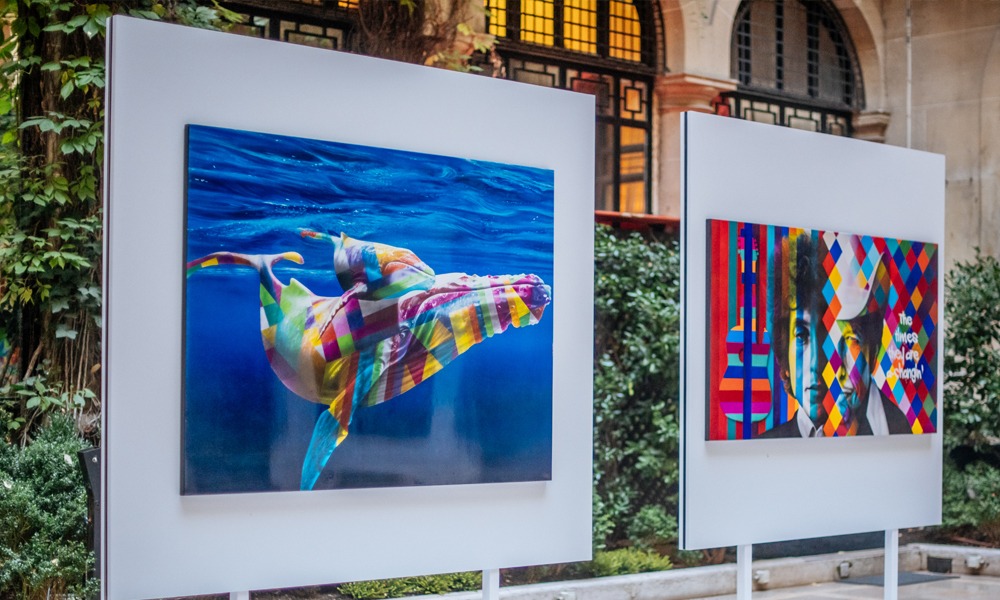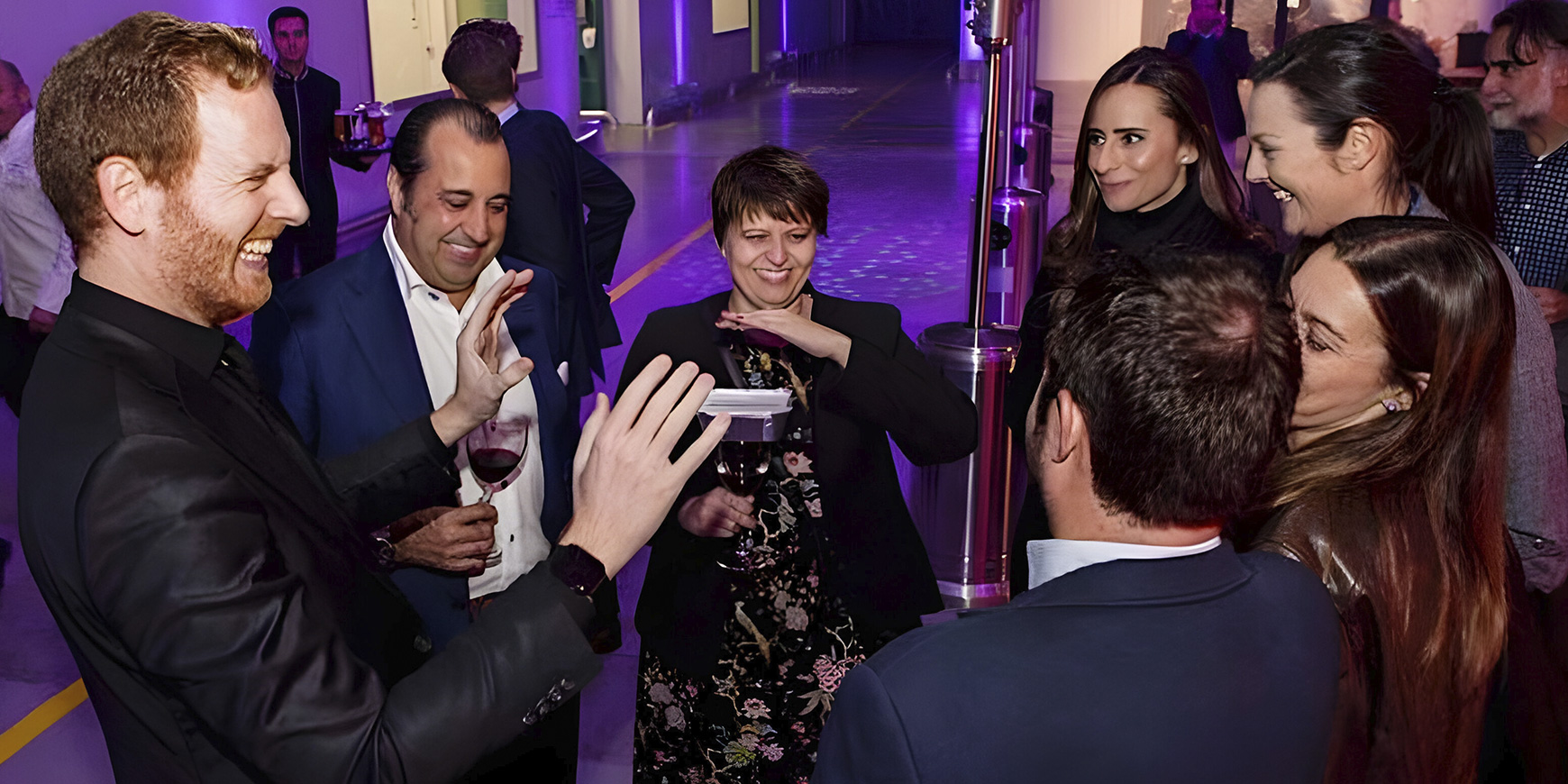Art history serves as a bridge between the past and the present, providing context and inspiration for the evolving world of modern art. It encompasses the study of artistic movements, styles, and cultural influences, offering insight into how societies have expressed themselves visually throughout time. Modern artists draw on this knowledge to push boundaries, reimagine traditions, and innovate. This dynamic relationship between past and present forms the cornerstone of contemporary artistic practices.
Understanding the Foundations of Modern Art
Art history provides the foundation upon which modern art is built. By exploring art history courses and analysing the works of master artists and pivotal movements, individuals gain valuable insights into the techniques, themes, and perspectives that have shaped human creativity. Movements like Impressionism, Surrealism, and Cubism, for instance, revolutionised perceptions of reality and influenced countless modern creations.
Modern art often challenges or reinterprets the principles of earlier styles, yet this innovation is rooted in a knowledge of the past. The interplay between tradition and progress ensures that art remains a vibrant and ever-evolving form of human expression.
The Influence of Cultural Contexts
Art is deeply rooted in its cultural and historical contexts. Studying this field allows modern creators to explore how different societies have grappled with universal themes like love, conflict, identity, and change. Ancient frescoes, Renaissance portraits, and abstract modernist paintings all reflect the values, struggles, and aspirations of their respective times.
This cultural awareness enriches modern art, encouraging artists to incorporate diverse influences and challenge stereotypes. For example, many contemporary works celebrate marginalised voices by drawing inspiration from overlooked periods or regions of art history. By doing so, these artists create more inclusive narratives that resonate with today’s global audience.
Techniques and Materials: Lessons from the Past
Art history enriches the themes and techniques that shape modern creativity, offering a wealth of technical knowledge. By studying how earlier creators worked with materials like marble, oil paint, or bronze, today’s innovators can reimagine traditional methods in fresh, exciting ways.
The rise of digital media exemplifies how technology blends with classical approaches. While many contemporary creators rely on advanced tools, their work often reflects lessons from historical movements. Techniques such as perspective, chiaroscuro, and composition remain foundational, bridging the gap between traditional and digital forms of expression.
Learning Through Art History
Courses in art history are invaluable for deepening understanding of artistic traditions and their modern applications. They offer a structured way to explore the evolution of art, from ancient cave paintings to contemporary installations.
For aspiring artists, studying this field provides tools to appreciate and critically engage with inspiring works. For enthusiasts, these courses reveal the stories behind iconic masterpieces, enhancing their appreciation of art. Additionally, these programs foster creativity and critical thinking, essential skills for innovation in any field.
Inspiration and Innovation: Bridging Eras
Modern art thrives on reinterpretation, drawing inspiration from historical art to spark fresh ideas and creative approaches. Contemporary artists often reimagine iconic works or blend elements of the past with modern sensibilities to craft something new.
For instance, pop art’s playful engagement with consumer culture reflects the symbolism of earlier movements, while modern sculptures echo the forms of ancient artifacts. This fusion of historical and modern elements keeps art dynamic and evolving.
Why Art History Matters Today
The relevance of studying art history extends beyond museums and galleries. It plays a vital role in shaping modern culture and fostering a deeper connection to humanity’s shared heritage. Engaging with this discipline enables individuals to interpret visual language—a skill increasingly important in an image-driven world.
Additionally, understanding creative expressions cultivates empathy and broadens perspectives. Through this lens, people can explore diverse cultures, viewpoints, and histories, encouraging dialogue and mutual understanding. In this way, the study of historical creativity not only influences contemporary works but also enriches society as a whole.
Explore Art History Through Flexible Online Learning
Online courses offer an accessible way to delve into the rich tapestry of artistic traditions and their modern relevance. These programs combine expert-led instruction with the flexibility to learn at your own pace, making them ideal for both enthusiasts and aspiring professionals. With resources like interactive modules and virtual galleries, learners can explore the evolution of art, from ancient masterpieces to contemporary creations, all from the comfort of home. Whether you’re seeking personal enrichment or career growth, online courses provide the tools and insights to deepen your understanding of art’s transformative power.
Art history is essential for understanding and shaping modern art, offering lessons in technique, culture, and innovation that form the foundation for creative expression. The dialogue between past and present inspires and challenges artists, bridging eras. For those eager to explore this connection, art history courses provide deeper insight into artistic traditions, ensuring the enduring vibrancy of art in modern life. By understanding the evolution of artistic practices, individuals can appreciate the transformative power of art across generations.










